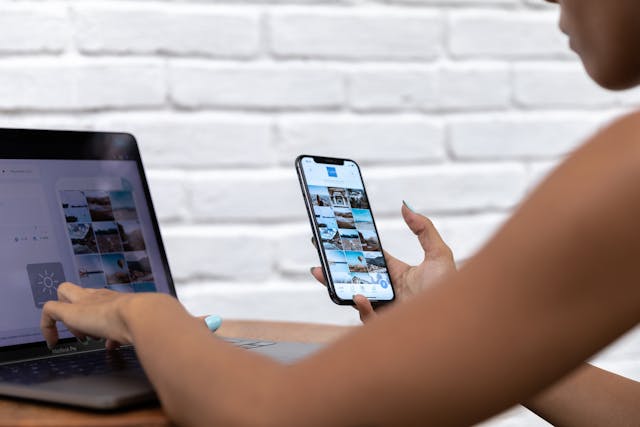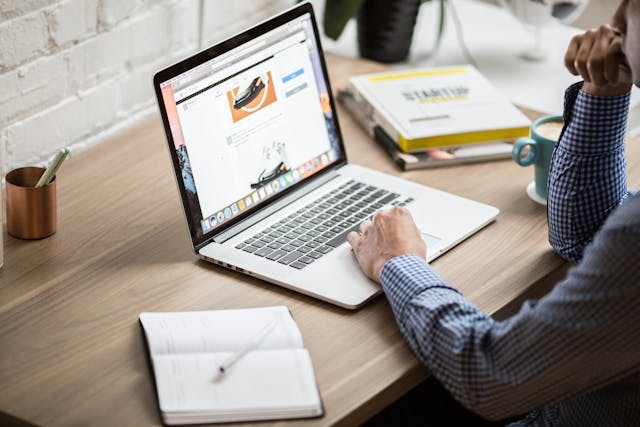
Have you ever visited a website that immediately caught your eye with stunning visuals? That’s no accident. Visual elements play a crucial role in web design, shaping the way we perceive and interact with online content. Whether it’s the color scheme, typography, images, or icons, these graphic elements can significantly influence user experience and engagement. Let’s dive into how you can create website content for conversion and harness the power of visuals in web design to create a captivating and effective website.
First Impressions Matter
The first thing visitors notice when they land on your website is its visual appeal. A well-designed homepage with striking visuals can grab attention and make a positive impression within seconds. High-quality images, a cohesive color palette, and an attractive layout work together to create a sense of professionalism and credibility.
Tips:
- Use high-resolution images that are relevant to your content.
- Choose a color scheme that reflects your brand identity.
- Keep the layout clean and uncluttered to enhance readability.
Color Psychology
Colors have the power to evoke emotions and influence behavior. Understanding color psychology can help you choose the right colors to convey your message and connect with your audience. For instance, blue can evoke feelings of trust and calm, while red can create a sense of urgency or excitement.
Tips:
- Use your brand colors consistently across your website.
- Combine complementary colors to create a balanced and visually appealing design.
- Avoid using too many colors, which can overwhelm visitors.
Typography Matters
The choice of fonts can greatly impact the readability and overall aesthetics of your website. Typography not only conveys information but also adds personality and style. Using a mix of fonts can create a hierarchy and guide users through your content seamlessly.
Tips:
- Stick to a maximum of two or three fonts to maintain a cohesive look.
- Use different font sizes and weights to highlight headings and important text.
- Ensure that the text is legible on all devices by choosing web-safe fonts.
The Power of Imagery
Images are powerful storytelling tools. They can convey complex ideas quickly and effectively, making your content more engaging and memorable. Whether you use photos, illustrations, or infographics, visuals can enhance the user experience by breaking up text and providing visual interest.
Tips:
- Use authentic images that resonate with your audience.
- Optimize images for web use to ensure fast loading times.
- Incorporate alt text for accessibility and SEO benefits.
Icons and Graphics
Icons and graphics can simplify information and make your website more intuitive. They help users navigate your site, understand complex concepts, and take desired actions. When used correctly, icons can enhance the overall design and improve the user experience.

In Conclusion
Visuals are a vital component of effective web design. By harnessing the power of graphic elements, you can create a website that not only looks great but also delivers a seamless and enjoyable user experience. Remember, the key to successful visual design is balance. Combine striking images, thoughtful typography, and strategic use of color and whitespace to engage your audience and convey your brand’s message effectively. So, the next time you’re working on your website, think about how you can use visuals to make a lasting impression and enhance the overall user experience.
